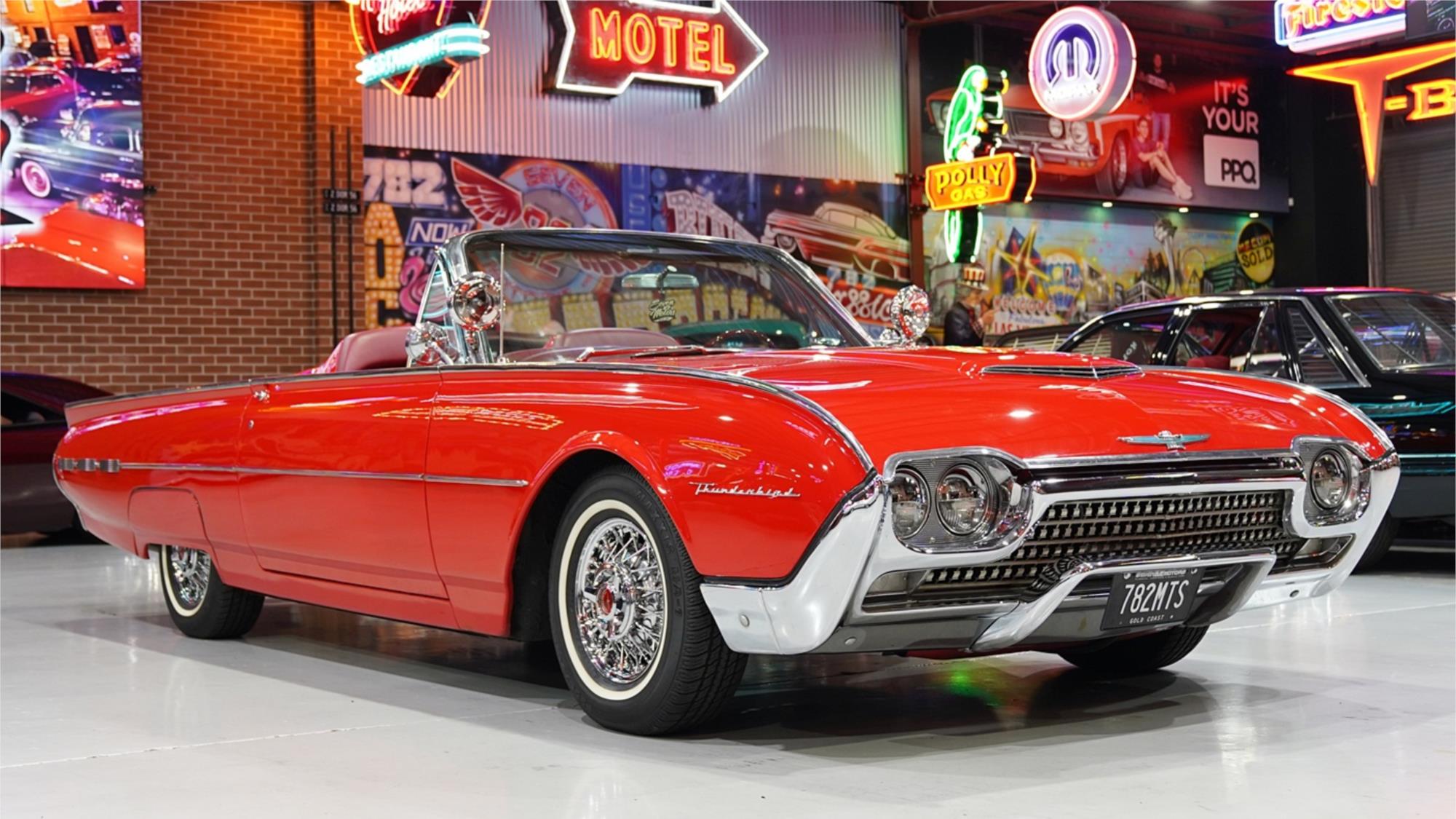1925 Australian built Model T Ford
1925 Australian built Model T Ford
Henry Ford released his Model T in 1908 and it became an immediate success because it offered reliable, simple motoring for a fraction of the cost of other cars at the time. The car increased in popularity, especially after 1913 when the famous Ford moving assembly line was introduced. This innovation had a dramatic effect on production numbers and costs and Henry Ford capitalised on the fact that he could build and sell Model Ts way below his competitors - with a selling price that actually dropped over the life of the model.
The Model T was simplicity itself. It was designed so local farmers and blacksmiths could repair it with basic tools - it was often said that all you needed was a pair of pliers, a hammer and a coil of wire to keep a Model T on the road. With its narrow wheels, high ground clearance and three-point suspension it could literally go anywhere and was the favourite car for settlers and explorers in the outback.
The Model T soon became a familiar sight on Australia's roads after the 1908 introduction. They were initially imported by separate distributors in each State and assembled with local bodies that varied in style from one distributor to another.
In 1925 Ford Motor Company of Australia was formed and production of the Model T began in a disused wool store in Geelong, Victoria, while the huge new factory was being built on the outskirts of that city.
The Australian-built Model T was rather unique in that it was available in a variety of colours from the outset, unlike the US T, which famously went through it's 'any colour you like, so long as it's black' period.
Some very famous people used Ford Model T's in their exploits across Australia. Henry Birtles traversed thousands of miles of the outback in one and Hudson Fysh (later Sir Hudson and founder of Qantas) used a heavily laden Model T to map out the proposed air route from Longreach to Darwin.
So popular was the Model T that Ford Australia built a total of 29,000 between 1925 and 1928 - an average of around 1,000 cars and trucks a month! Body styles ranged from the standard open top 4-door Family Tourer, to the Deluxe Tourer favoured by doctors and businessmen, the sporty Runabout 2-seater beloved by the smart set, and the Deluxe Runabout for the wealthier 'man about town'.
As well as passenger cars, there was a Light Delivery - the forerunner of the ute - and a one-ton chassis that became the preferred vehicle for farmers, tradesmen and carriers. In those days you could buy a chassis and have the body built to your own specifications. This led to many one-off styles and lots of special buses, station wagon-type bodies, covered vans, ambulances and petrol delivery tankers.
What made the Model T so special? Probably its greatest feature, after the low price, was its absolute reliability. The rugged, 4-cylinder engine had a magneto ignition system built into the flywheel, the transmission was a simple planetary gear system driving the rear wheels through a completely enclosed tail shaft and the suspension consisted of simple transverse springs. The chassis and many of the engine parts were made from light, yet tough Vanadium steel.












